Dongdaemun Bonga Gamasot Seolleongtang (동대문본가가마솥설렁탕)
2.0Km 2021-03-18
299-1, Jong-ro, Jongno-gu, Seoul
+82-2-741-1510
This is a Korean cuisine located in Dongdaemun Gate, Seoul. A restaurant selling Korean-style healthy broth-based dishes. The best menu at this restaurant is ox bone soup.
Parque de la Historia de Seosomun (서소문역사공원)
2.0Km 2023-08-11
Chilpae-ro 5, Jung-gu, Seúl
El área de la puerta Seosomun fue un lugar de persecución religiosa en el siglo XIX, antes de convertirse en el parque local actual. Muchos católicos fueron reprimidos y martirizados aquí, convirtiendo este lugar en un sitio sagrado para los catolicos coreanos. Seosomun era una puerta de entrada al mercado Chilpae, ubicado cerca de la puerta Sungnyemun (Namdaemun). Siempre estaba atestado de transeúntes y por esta razón servía para mostrarle a la gente los castigos hacia los acusados de haber cometido crímenes. El 15 de mayo de 1999 se levantó una torre conmemorativa en el centro del parque en honor a los mártires. En 2013, el distrito de Jung-gu de Seúl también fundó el Museo de Historia del Santuario Sagrado de Seosumun, con una sala de exposiciones alusiva.
Puerta Gwanghuimun (광희문)
2.0Km 2021-02-24
Toegye-ro 344, Jung-gu, Seúl
+82-2-3700-3900
La puerta Gwanghuimun fue construida en el año 1396, durante el 5º año del rey Taejo, en el sureste de la capital (Seúl). Se suele conocer también como puerta Sugumun (puerta del canal de agua) y fue usada como Sigumun, que literalmente significa 'puerta del cadáver', ya que las procesiones funerales pasaban por esta puerta cuando salían por el este.
Durante la Guerra Imjin (invasión japonesa de 1592 a 1598), las puertas de la fortaleza fueron destruidas a tal grado que fue practicamente imposible encontrar el lugar original de su localización. Sin embargo, los esfuerzos de reconstrucción se iniciaron en 1711 (37º año del reinado de Sukjong) y la puerta del canal de agua fue restaurada con forma de torre. Desde ese momento, la puerta quedó intacta, incluso cuando los muros de la fortaleza fueron derrumbados para construir caminos durante la ocupación japonesa, pero la Guerra de Corea la dejó con graves daños y quedó abandonada. En 1975, empezaron los trabajos de reconstrucción para recolocar la puerta Gwanghuimun a 15 metros más al sur de su localización original, que se encontraba en medio de la carretera.
Residencia Sangchonjae (상촌재)
2.1Km 2023-08-17
Jahamun-ro 17-gil 12-11, Jongno-gu, Seúl
Parque Jangchungdan (장충단공원)
2.1Km 2021-07-02
Dongho-ro 261, Jung-gu, Seúl
En noviembre de 1900, el emperador Gojong levanta un pequeño santuario (en el actual territorio donde se encuentra el Hotel Shilla) en memoria de los soldados que lucharon por la protección de la emperatriz Myeongseong (la emperatriz luego muere a manos de mercenarios japoneses). Durante la Guerra de Corea (1950-1953), el lugar fue destruido y solo pudo salvarse una lápida, que fue llevada hasta el parque en 1969.
Nuwa [Korea Quality] / 누와 [한국관광 품질인증/Korea Quality]
2.1Km 2021-03-29
3-1, Pirundae-ro 5na-gil, Jongno-gu, Seoul
This hanok (traditional Korean house) is located deep in the Seochon Village, west of Seoul’s Gyeongbokgung Palace. Its tasteful renovation of a small 33 m2 hanok made it highly popular among the younger guests. The courtyard has a low maple tree and tastefully arranged stones, while the hanok is capable of accommodating up to 2 persons.
This L-shaped hanok has a full window wall facing the living room, which is furnished with a low walnut table and a bathtub. Visitors can enjoy premium tea at the table. The bathtub, which is connected to the table at one end, can be used mainly for a foot bath with bath salts that assist circulation. There is also a restroom in the building.
Nuwa’s bedroom has a circular window, much like the full moon, with a view of the garden and the fringes of the Inwangsan Mountain.
NUHADANG [Korea Quality] / 누하당 [한국관광 품질인증]
2.1Km 2020-09-10
49-7, Pirundae-ro, Jongno-gu, Seoul
010-9692-1330
Guesthouse Nuha is a ‘hanok’ or traditional Korean house consisting of four guestrooms located in Nuha-dong, Seochon (west of Gyeongbokgung Palace, Jongno, Seoul) where many Confucian scholars and artists lived during the Joseon Dynasty.
Exuding a refined atmosphere, Guesthouse Nuha is very popular among not only domestic visitors but also foreign tourists who want to experience the flavor of Korea in a cozy hanok. All four guestrooms (An-bang, Sarang-bang, Geul-bang, and Byeol-dang) are covered with eco-friendly hanji (traditional Korean paper handmade from mulberry tree) wallpaper, and are equipped with a thick cotton-wool comforter and pillows imbued with the scent of Hinoki cypress tree to help guests relieve their fatigue.
Breakfast is served free of charge. Guests can also experience traditional Korean culture here, such as playing a Korean musical instrument (janggu or double-headed drum), playing a game of yut in the yard, or wearing hanbok (traditional Korean clothes). Although a local bus service passes through the village, it is highly recommended to take a quiet leisurely around the area.
Okcheon Maeun Jokbal (옥천매운족발)
2.1Km 2021-03-29
23, Jong-ro 51na-gil, Jongno-gu, Seoul
+82-2-3672-7168
This is a restaurant serving delicious spicy pork feet. This Korean dishes restaurant is located in Jongno-gu, Seoul. The most famous menu is braised pigs' feet.
Seoul Naksan Stay [Korea Quality] / 서울 낙산 스테이 [한국관광 품질인증]
2.1Km 2023-04-13
Samseongyo-ro 4-gil, Seongbuk-gu, Seoul
Seoul Naksan Stay is a guesthouse in a downtown area. The owner, who originally ran a guesthouse in Yongin, Gyeonggi-do, opened this guesthouse after moving to Seoul. Naksan Stay is located at the low end of the fortress wall of Naksan Park, which is a great place to enjoy the night view of Seoul. The guesthouse has two gates: one leading to the small building where the owner and her family reside, and the other one leading to a bigger building that serves as a guesthouse with a spacious two-story room. Majority of the guests are from France and Russia. It’s a great place to stay for those wishing to enjoy the daytime and nighttime views of the city.
Sajo Tuna (사조참치)
2.1Km 2020-04-16
107-39, Tongil-ro, Seodaemun-gu, Seoul
+82-2-364-9838
Sajo Tuna is the perfect restaurant for tuna lovers. It serves fresh tuna served in varied styles to visitors. Chamdarangeo (bluefin tuna) Special Menu consists of the highest-grade tuna cuts along with unique decorations. Also, the standard menu includes gamasal gui (grilled tuna kama), braised tuna head, grilled tuna, and pan-fried tuna. In-house alcoholic drinks such as baengnyeoncho ju (perilla seed and prickly pear liquor) and insam sansuyu ju (ginseng and cornelian cherry liquor) are offered, making this restaurant more outstanding.
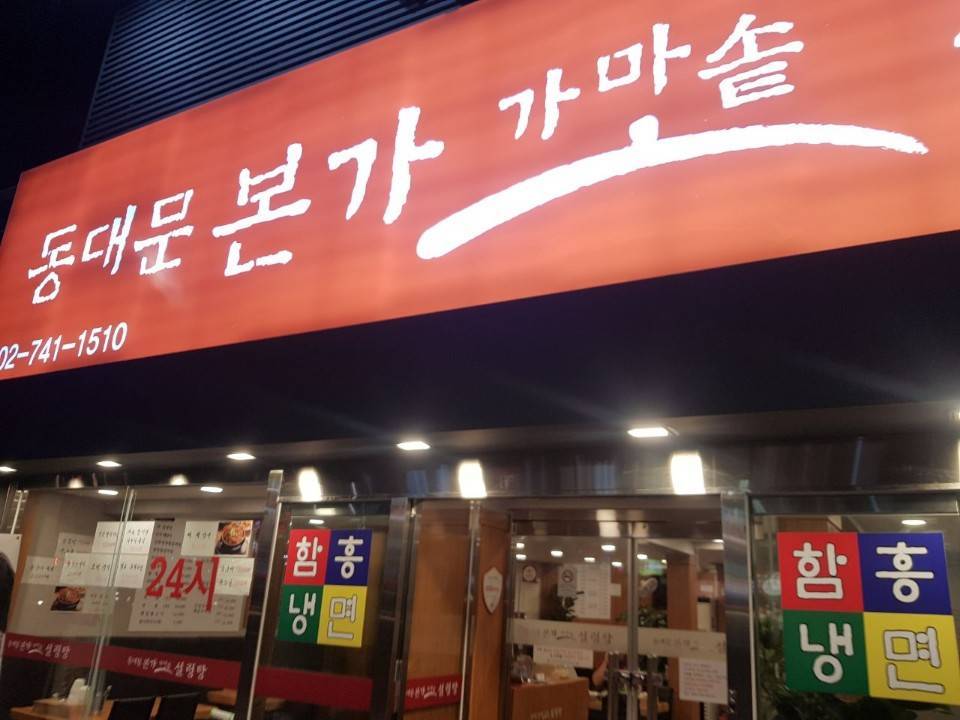
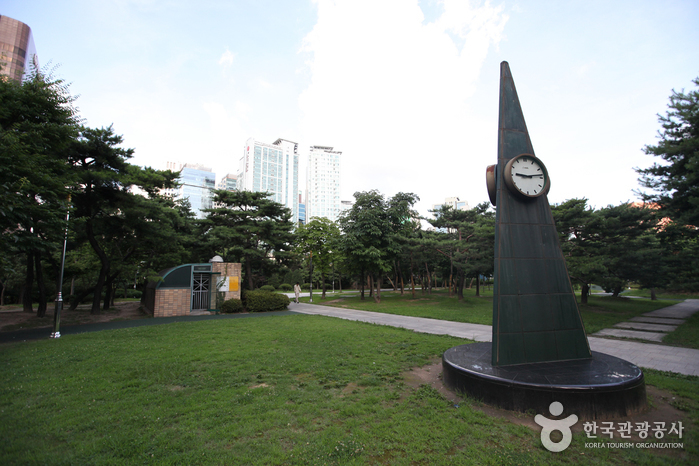
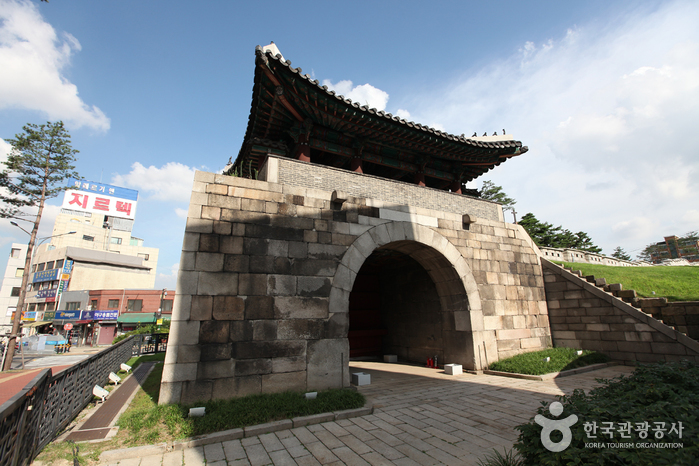


![Nuwa [Korea Quality] / 누와 [한국관광 품질인증/Korea Quality]](http://tong.visitkorea.or.kr/cms/resource/07/2707607_image2_1.jpg)
![NUHADANG [Korea Quality] / 누하당 [한국관광 품질인증]](http://tong.visitkorea.or.kr/cms/resource/58/2532358_image2_1.jpg)
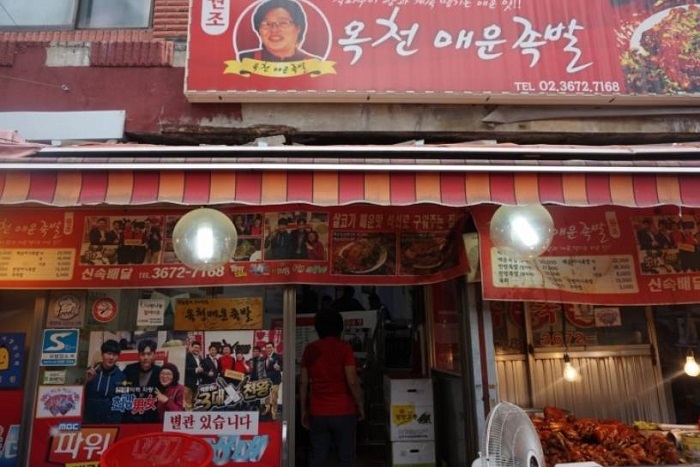
![Seoul Naksan Stay [Korea Quality] / 서울 낙산 스테이 [한국관광 품질인증]](http://tong.visitkorea.or.kr/cms/resource/00/2574600_image2_1.jpg)
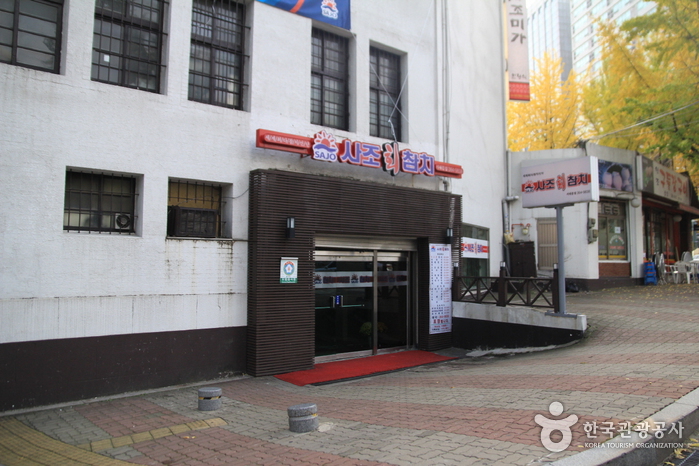
 Español
Español
 한국어
한국어 English
English 日本語
日本語 中文(简体)
中文(简体) Deutsch
Deutsch Français
Français Русский
Русский